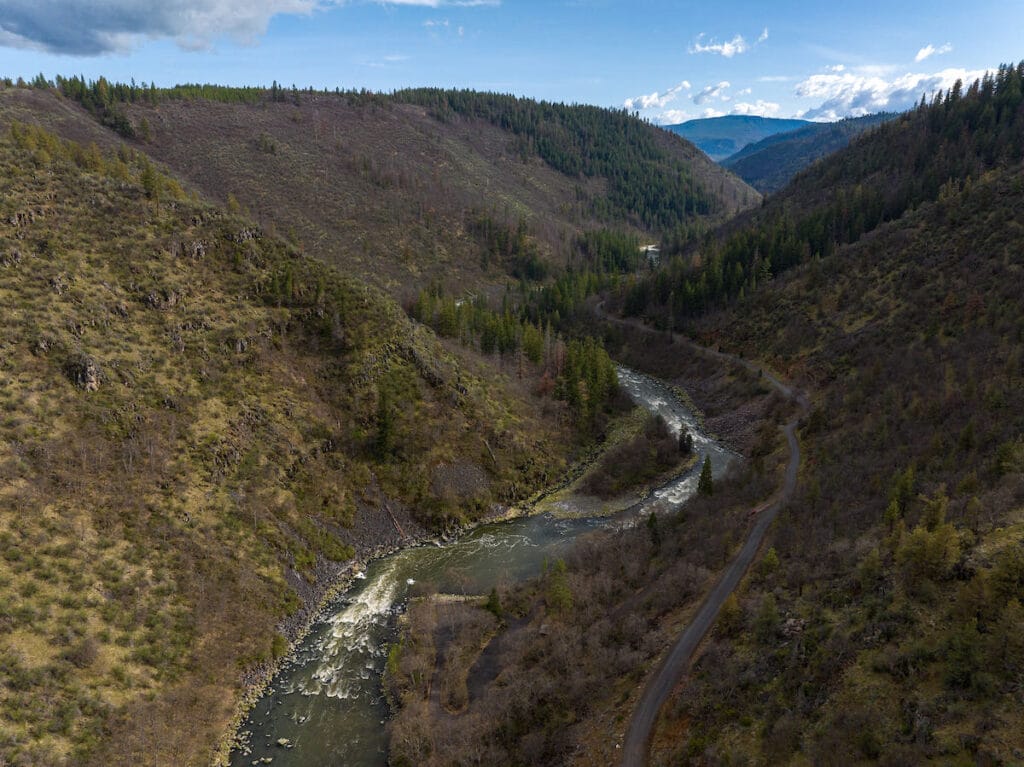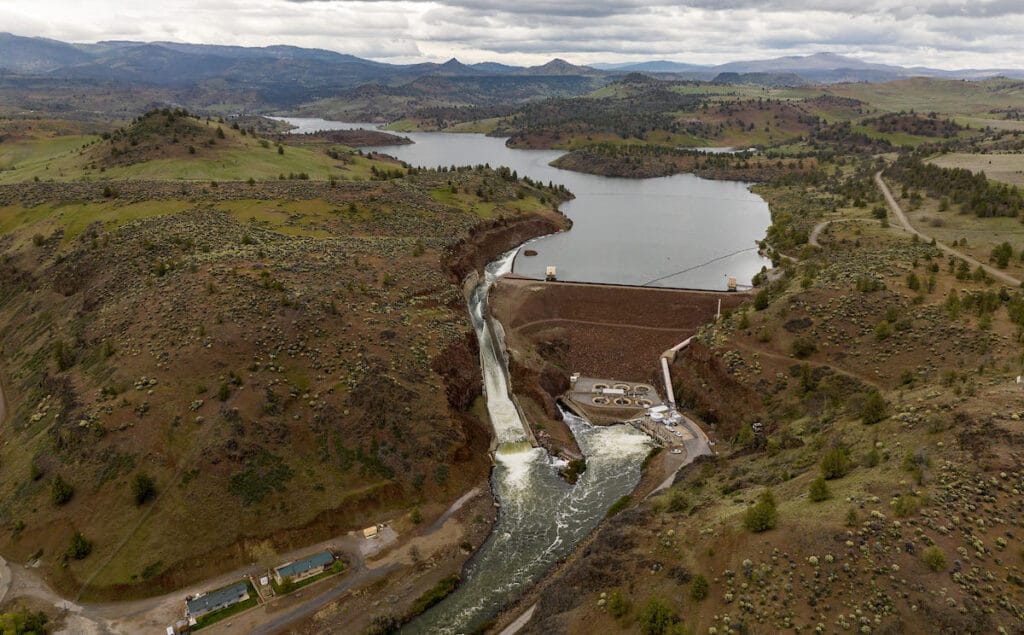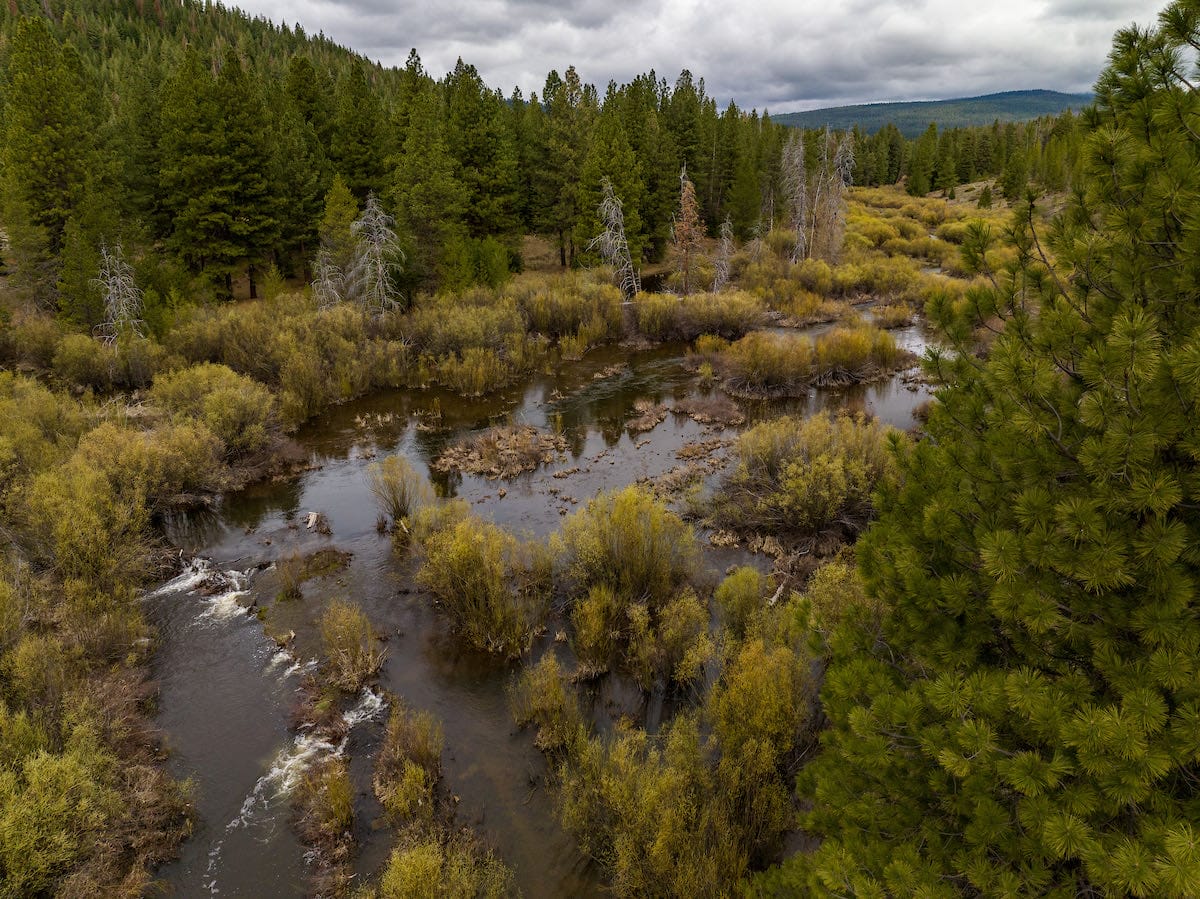The 2024 Oregon legislative session ended last week, and Trout Unlimited is pleased to share that the Oregon Department of Fish & Wildlife (ODFW) Klamath Fish Reintroduction effort received important funding to fully monitor the first returns of anadromous fish to the Upper Basin this fall.
The largest dam removal project in history is underway on the Klamath River. This monumental effort will reconnect over 400 miles of salmon, steelhead and lamprey spawning and rearing habitat in the watershed’s upper basin, much of which is in Oregon. After being blocked for over a century, fish will pass through the former dam sites this fall.
To oversee and ensure a positive fish response to dam removal, ODFW and the Klamath Tribes co-authored an “Implementation Plan for the Reintroduction of Anadromous Fishes into the Oregon Portion of the Upper Klamath Basin.” Oregon’s Plan relies upon natural repopulation of the watershed by wild fish of all stocks except spring Chinook. Monitoring is an essential component of that strategy because managers need to know what habitat returning fish are utilizing and how their populations are expanding.

Unfortunately, the 2023 Oregon legislative budget—which applies through June 2025— only included funding for one fisheries biologist dedicated to the Klamath fish reintroduction effort. (Rather than the four biologists that ODFW and TU had requested in the run-up to the 2023 legislative session.)
During the 2024 legislative session, TU led an effort to secure funding for these critical roles in the omnibus budget bill. The legislature heard our call to support this essential ODFW program, and appropriated $282,735 “for Klamath River fish reintroduction” in the remaining 2023-2025 biennium. The funds will cover one additional full-time staff biologist starting in 2024, and a couple seasonal fisheries technicians hired for the upcoming field season.

Debbie Colbert, Deputy Director for Fish and Wildlife Programs at ODFW, celebrated the funding: “The funding ODFW received from the 2024 session gives the agency capacity to monitor returns as the dams are removed and prepare the basin for the return of salmon. ODFW appreciates Trout Unlimited’s leadership and advocacy in securing these critical funds.”
The practical result of the funding is that ODFW will have a four-person fisheries team– not just one person – dedicated to monitoring the fish response to dam removal this fall and upcoming winter. This increased agency capacity will arrive just in time. Early this week, the Klamath River Renewal Corporation (the entity formed to own and remove deconstruct the dams) announced that deconstruction of Copco No. 1 Dam is now underway, and that the “removal of Copco No. 1, Iron Gate, and JC Boyle Dams is expected to be complete sometime this fall, in time for the Fall run of Chinook salmon.” Copco 2, the smallest of the four dams to be removed, was removed last year.
James Fraser, Oregon policy director for TU, emphasized the time-sensitive nature of this budget need: “The dams will be out this year. We need to know how far upstream anadromous fish make it in the Klamath this year, let alone how many, what species and where they spawn. This is our only chance to see how fish respond in the first year to the largest dam removal project in history. We’re thrilled that the Legislature recognized this monitoring effort as a priority issue for the 2024 legislative session.”
Looking forward, TU will continue advocating support for this important ODFW program in the next biennial budget. In TU’s view, ODFW needs a staff of four full-time fisheries biologists dedicated to this effort for years to come. But for now, we’re thankful that the State of Oregon will have a full team on the ground in the upper Klamath to monitor the first return of anadromous fish in over 100 years.



